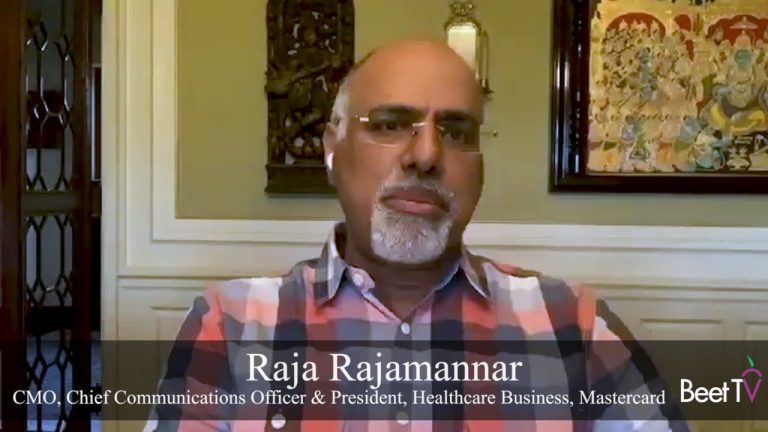
Given the current state of the pandemic, the traditional TV UpFronts events have been cancelled or have gone virtual. Negotiating in this climate has proven challenging to the nation’s marketers as they assess TV ad investment.
In an announcement, the ANA demands upfront sales, which were due to be for ads airing between October 2020 and September 2021, now occur this fall for ads transmitting starting 2021.
More than that, it also lined up a series of chief marketing officers to call for “sweeping changes and improvements in the media ecosystem”, including “transformative changes to the upfront marketplace” – effectively questioning not just the timing but the purpose of upfront ad sales.
“While there are benefits to the upfront, it remains an antiquated business system that needs reform,” said ANA chairman and P&G chief brand officer Marc Pritchard.
Delay to the new year
“Right now, we are going through a substantial turmoil, upheaval literally, and we don’t exactly know what to forecast for 2021,” says Mastercard chief marketing officer Raja Rajamannar, one of those firing the ANA’s warning, in this video interview with Beet.TV.
“To be able to commit in this level of uncertainty that is prevailing right now, it’s not very easy. So it does help us to have more time.
“In times of crisis, such as this, we are very flexible to our partners and we want the same flexibility to be displayed to us from our partners as well.
“This is the right time, given the level of uncertainty, that the industry has to look at upfronts in a slightly delayed cycle, starting with the new year, as opposed to doing it right now.”
Spooked by agile demand
The ANA’s message will ring alarm bells amongst broadcasters. TV companies have been dealt a blow by diminishing advertiser demand during the pandemic, causing many to discount their inventory.
On both sides of the industry, “agility” is the new watchword, as broadcasters try to keep ad buyers engaged and as ad buyers strive to pivot their spending strategy within the space of a quarter or two.
The key pressure is that marketers, in the current climate, are struggling to gain the visibility and confidence required to make the kinds of annual upfront purchase decisions they have in the past.
But the pandemic may also end up being the straw that broke the camel’s back. Over the last couple of years, broadcasters have tooled-up to offer ad buyers fine-grained targeting of OTT viewers and much closer to transmission.
Many will be asking if now is the moment when the upfronts calendar gets consigned to the history books – or if we are in a particular moment in time that simply calls for a time-out.
End of upfronts?
All this is quixotic because TV demand is booming – yet networks’ production calendars have been impacted by COVID-19, leaving some 2020/21 premium content line-ups looking relatively thin.
Mastercard’s Rajamannar, who is also president of the World Federation of Advertisers, says: “I think that upfronts are absolutely essential and do serve a purpose, clearly.
“Depending on how this entire upfront situation ends up, there might be some scenario where you are making some upfront commitments still, probably, and in some cases you’re not able to.
“Every marketer is significantly after good content, less clutter and, of course, very good economies that are supported by the kind of impact that gets created when you have less clutter, when the content is good, when the consumer engagement is good, etc.”
Shifting sands
The ANA broadly is articulating what its media advisory board said in mid-May, when its white paper called for upfronts to be “shifted from a broadcast year to a calendar year to reflect and improve business planning, elevate marketer decision-making, and align television buying with most marketers’ fiscal years”, as “an immediate priority”.
This year’s upfront sales season would be for ads due to air between October 2020 and September 2021.
Instead, the advisory board wants upfronts moved to the fall for inventory in the year of 2021. “That would be after advertisers have greater financial certainty and the major network groups are able to publicly share their approach to programming based on studio production limitations and their contingency plans around sporting events based on league decisions,” it says.
The ANA’s demands don’t just pertain to the upfronts. P&G’s Marc Pritchard also repeated his historic calls for improvements like transparency, decrying the “sub-optimal media ecosystem”.
This video is part of a series titled Trust in Partnership in a Time of Change presented by WarnerMedia and Xandr. Please visit this page for additional segments from the series.